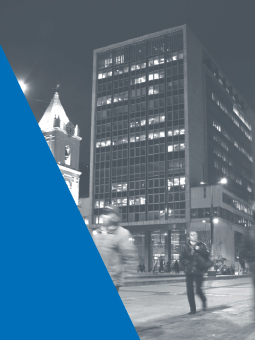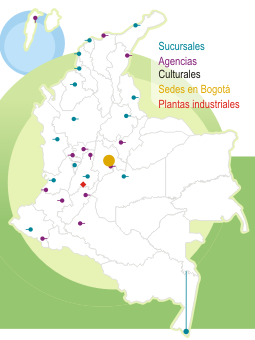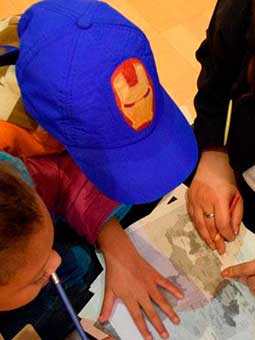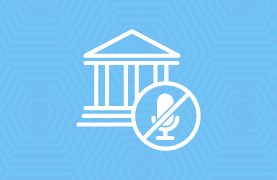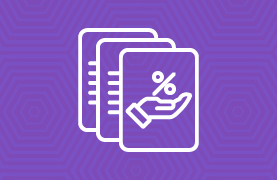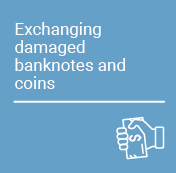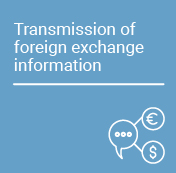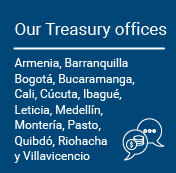Servicios
|
This paper discusses alternative approaches to estimate models of behavior of mortgage debtors. Specifically, the focus is on the understanding of default decisions. The goal is the development of empirical techniques that yield estimates of the structural parameters of the model that generates…
|
|
Abstract Fiscal sustainability in five of the largest Latin American economies is examined before and after the COVID-19 pandemic. For this purpose, the DSGE model in Bi (2012) and Hürtgen (2020) is used to estimate the Fiscal Limits and Fiscal Spaces for Peru, Chile, Mexico,…
|
|
This paper explores the relationship between central bank independence and inflation in Latin America, using as a case study the experience of Colombia (1923-2008). Since its creation, in 1923, Colombias central bank has undergone several reforms that have changed its objectives and degree of…
|
|
In this paper, we propose a methodology for calculating a leading index of the economic activity based on a modification of Stock and Watson’s (1989, 1991, 1992) approach. We use Kalman filter techniques for estimating the state space representation of the leading index model. The methodology is…
|
|
This paper presents the construction of a tailor-made Macro Computable General Equilibrium Model for the Colombian economy that satisfies Banco de la República's macroeconomic programming and forecasting interests. Using information on the national accounts divulged by the National Statistics…
|
|
According to traditional literature, liquidity risk in individual banks can turn into a system-wide financial crisis when either interbank credit exposures or bank runs are present. This paper shows that this phenomenon can also arise when individual liquidity risk trans- forms into system-wide…
|
|
This document presents a dynamic stochastic general equilibrium model with rule of thumb (Non-Ricardian) agents and both nominal price and wage rigidities. The model follows closely that of Galí et al. (2004) and expands it to include a second way form of heterogeneity (besides the Non-Ricardian…
|
|
A Model of the Nominal and Real Exchange in Colombia A Model of the Nominal and Real Exchange in Colombia Javier Gómez*
|
|
CULTURAL SERVICES
Banco de la República opens its new Cultural Center to the community of San Andres, Providencia, and Santa Catalina. Its services and products are the result of joint work among professionals from the Central Bank, local researchers, and the community of the island.…
|
|
Participation notes for the seminar entitled “From the Breakdown of the Bretton Woods System to a New Era of Macro Prudential Oversight”. Cuzco, Peru.
|
|
Abstract
This paper presents a new real exchange rate index that includes weights accounting for both direct trade links and third-market competition effects. We use trade data at 3 digit Standard International Trade Classification (SITC) level for a set of 39 countries annually updated. We…
|
|
A nonlinear specification of demand for cash in Colombia A nonlinear specification of demand for cash in Colombia By Luis E. Arango and Andrés González(1)
|
|
We use the recently developed panel rank-cointegration test proposed by Pedroni et al. [2015] to check for the stability conditions of the cross-country money market interest rate bases. Using weekly information on short-term interest rates and spot and forward exchange rates for a set of 20…
|
|
This paper proposes a framework for a regional economic policy in Colombia. The regional characteristics and disparities of the country are studied, and regional disparities are shown to be both significant and persistent over time. This calls for a policy initiative to promote the development of…
|
|
The study presented here looks at the Colombian corporate sector broken down by city. In particular, it studies the eight main cities of the country. It is an initial study, maybe the first of its kind, and it aims to act as a foundation for future research in the area. A database…
|
|
Margarita Gáfaro, manager of the Bucaramanga branch of Banco de la República, and José Antonio Ocampo, a member of the Board of Directors of Banco de la República, present some of the findings of an evaluation of experience in supporting family farming to generate income.
|
|
In this paper we check the relationship between the yields of the Colombian bonds traded in the (secondary) internal market and the yields of the sovereign global securities for the sample period 1999-2001. The hypothesis we maintain is that, under the assumption of capital mobility, it should…
|
|
This paper studies whether the geographical separation of markets constitutes a factor that helps explain the dynamics of agricultural prices. To do this, we employ a highly disaggregated dataset for Colombia that consists of weekly observations on wholesale prices for 18 agricultural products…
|
|
We introduce a dispatch model of Colombia's independent system operator (XM) in order to study the relative merits of self-commitment vs. centralized unit comment. We capitalize on the transition that took place in 2009 from self-unit commitment to centralize unit commitment and use data from…
|
|
In this paper we survey prominent theories that have shaped the literature on sterilized foreign exchange interventions. We identify three main strands of literature: 1) that which advocates the use of sterilized interventions; 2) that which deems sterilized interventions futile; and 3) that which…
|
|
Abstract
The business cycle is the cycle in the output gap and also in a stationary measure of trend output. Both the output gap and trend output are driven by joint trend-cycle shocks. The model is a univariate trend-cycle decomposition with hysteresis in trend output that enables the estimation…
|
|
In this paper the evolution in the average height of Colombians from 1910 to 1984 is analyzed. The anthropometric evidence reveals a sustained increase in the standard of biological welfare during this period. A database with more than 8.000.000 observations from the national citizenship card…
|







